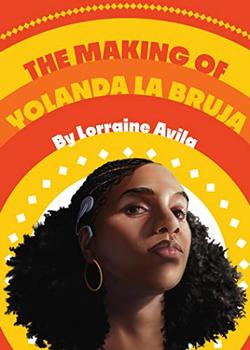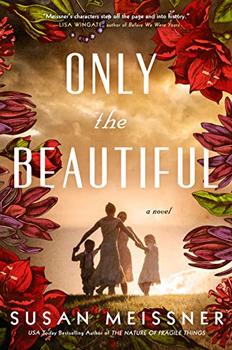 In Lorraine Avila's The Making of Yolanda la Bruja, Yolanda's mother and grandmother guide her as she becomes fully absorbed in her family's traditional religious practices. While she's lighting candles, reading tarot cards and immersing herself in her grandmother's bath mixes, Yolanda's rituals celebrate her spirituality and bruja culture. What does it mean to be a bruja? The answer to that question has many layers, but some Latin American youth today are turning to brujería as a form of healing, cultural preservation and revolution against oppression.
In Lorraine Avila's The Making of Yolanda la Bruja, Yolanda's mother and grandmother guide her as she becomes fully absorbed in her family's traditional religious practices. While she's lighting candles, reading tarot cards and immersing herself in her grandmother's bath mixes, Yolanda's rituals celebrate her spirituality and bruja culture. What does it mean to be a bruja? The answer to that question has many layers, but some Latin American youth today are turning to brujería as a form of healing, cultural preservation and revolution against oppression.
The concepts of brujas and brujería — "witches" and "witchcraft" in Spanish, respectively — have existed for centuries. How people practice brujería varies as the term refers to multiple spiritual practices employed by cultures in the Caribbean, Africa and Latin America. The understructure of this diversity is informed by the African diaspora and Spanish colonialism. "There's so many different kinds of ...

 Book Reviewed by:
Book Reviewed by:








